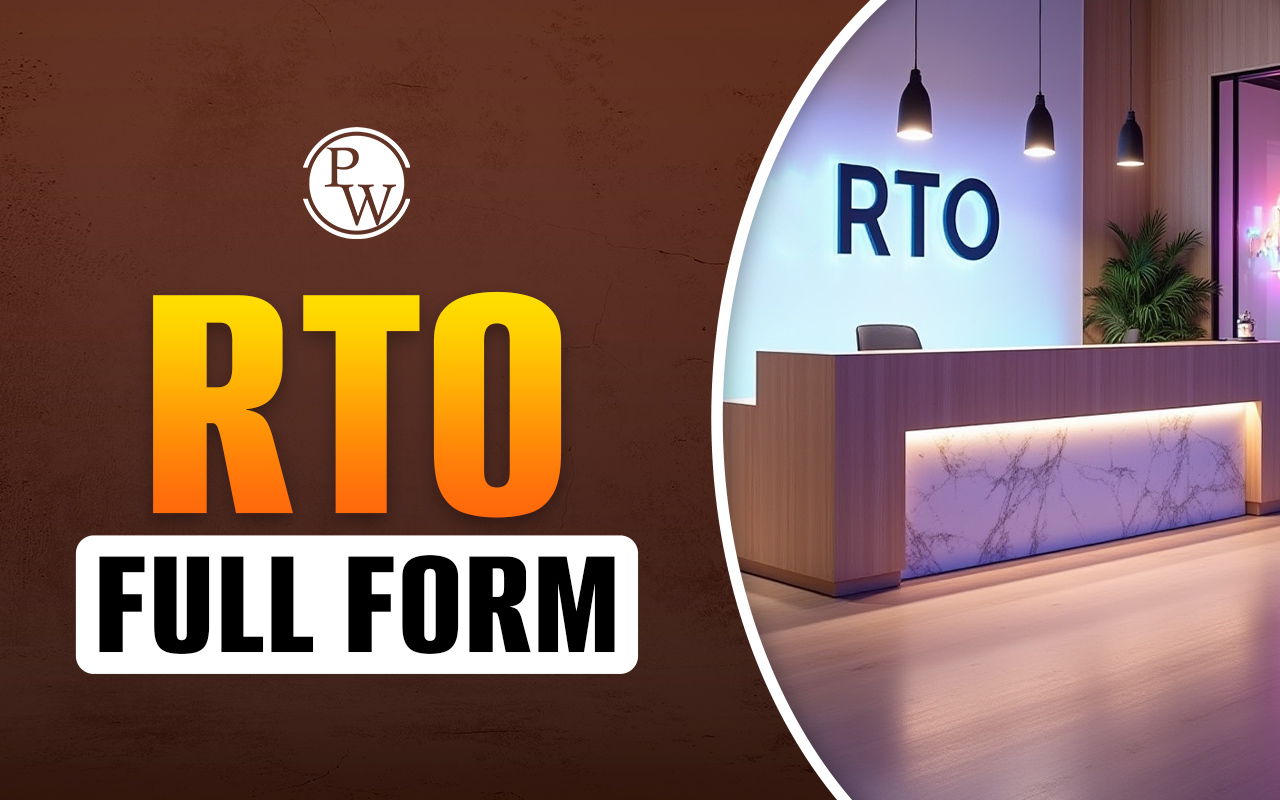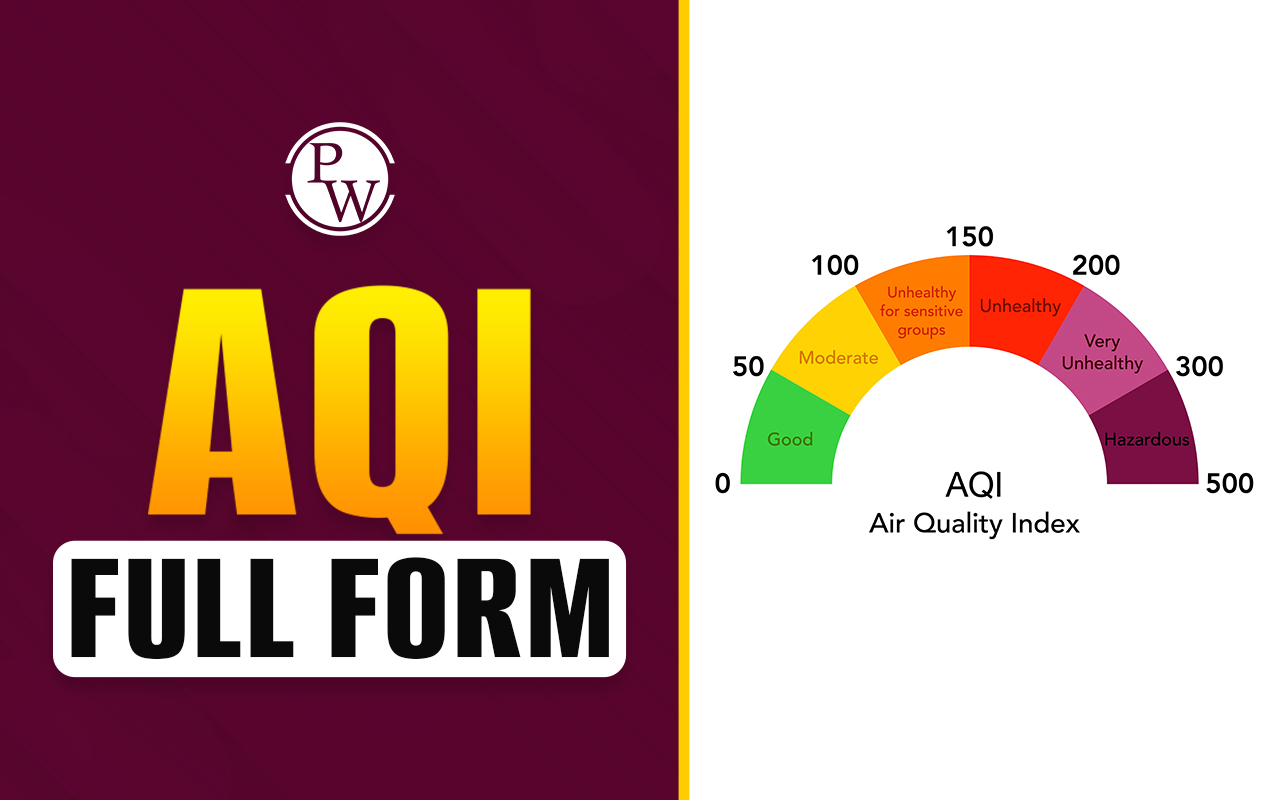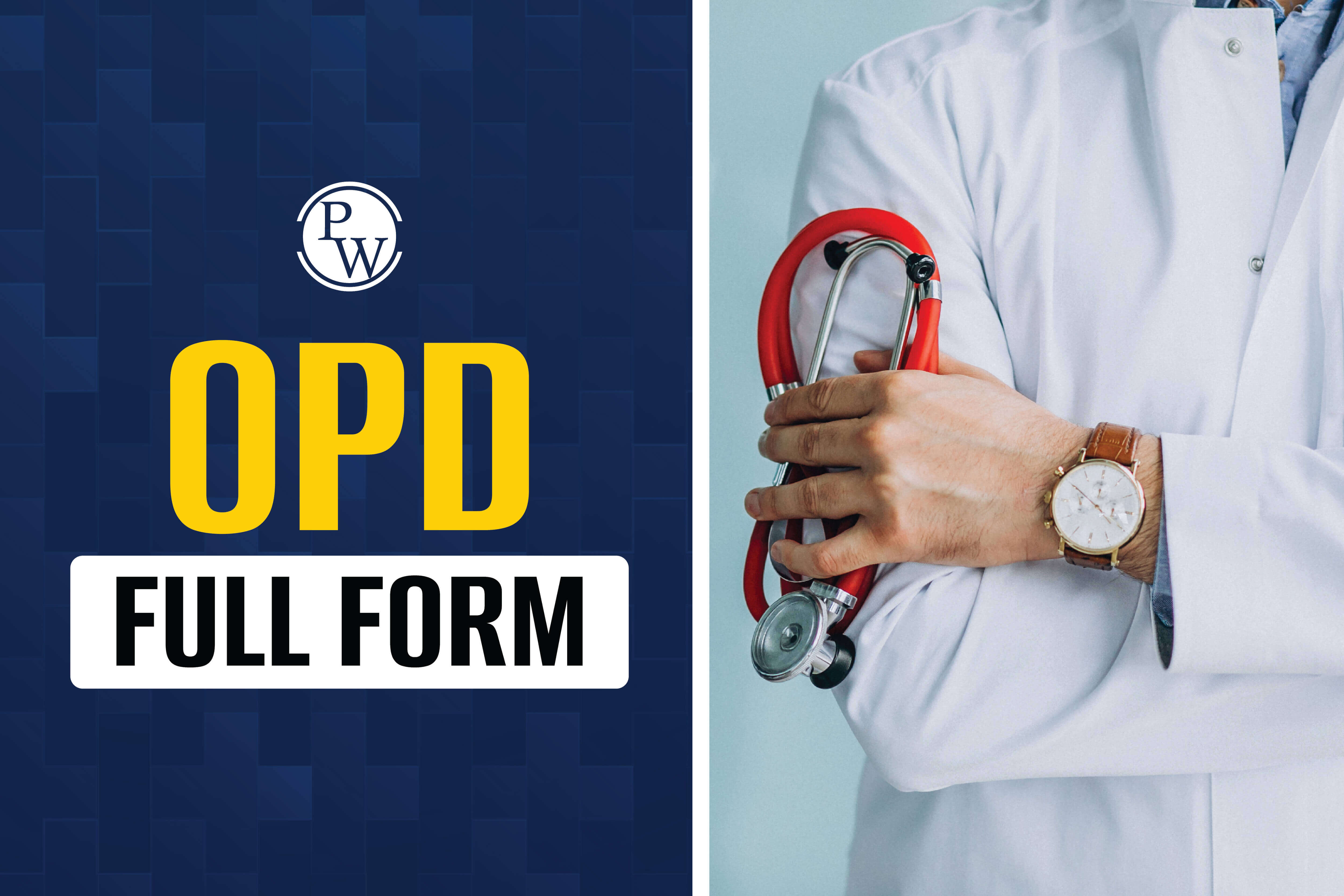

In the chemical and pharmaceutical industries, method detection limit (MDL) is a critical element of quality assurance. MDL helps manufacturers and scientists to identify and control contaminants in their products and processes. It’s important to understand what MDL is, how it’s determined, and how it affects your product.
We’ll explore all aspects of MDL: its definition, how it’s calculated, and how it applies to product safety. We’ll also go over some best practices for measuring and controlling your MDL levels so you can ensure the safety of your products.
Finally, we’ll discuss the possible implications of not properly managing MDL levels and how they could put your customers at risk. The goal is to provide you with a comprehensive look at MDL so you can have the knowledge and confidence to make informed decisions about your processes.
What is Method Detection Limit?
Method detection limit (MDL) is the lowest concentration of a substance that can be measured and reported with 99% confidence that the analyte concentration is greater than zero.
An MDL study involves spiking a known concentration of analyte into a blank matrix and analyzing the resulting sample to determine if the analyte can be detected. The MDL is calculated as 3 times the standard deviation of the response divided by the slope.
MDLs are important for determining the limit of quantitation (LOQ) which is the lowest concentration at which reliable accurate quantitative results can be obtained. They also provide a basis for comparing the sensitivity of different analytical methods and instruments used to measure a given analyte.
The method detection limit (MDL) is the lowest concentration of a substance that can be detected and quantified using a particular analytical method. When using MDL-based methods, analysts must take into account the variability of the MDL value to ensure accurate results.
There are several factors that can affect the MDL including:
- The type of analytical method used
- The sensitivity of the analytical method
- The skill of the analyst
- The quality of the reagents and standards used
To determine the MDL, analysts typically analyze a blank sample (a sample known to be free of the analyte) and use statistical methods to calculate the concentration at which the analyte can be reliably detected.
The MDL is a key component of any analytical process, as it helps determine the accuracy and precision of results. The MDL must be considered when selecting an appropriate analytical method, calibrating instruments, and interpreting results.
What are the Advantages of MDL?
There are several advantages to using the method detection limit (mdl) as a means of assessing environmental contamination.
- First, it provides a more accurate estimate of the true level of contamination than other methods, such as grab sampling.
- Second, it is less likely to underestimate the level of contamination, since mdl takes into account the variability of contaminants in a sample.
- Third, mdl is less affected by changes in environmental conditions, such as temperature and humidity, than other methods.
- Finally, mdl can be used to assess both short-term and long-term trends in environmental contamination.
By using the method detection limit, organizations can better understand the true level of contamination in their environment and take action to reduce it. This will help them meet applicable environmental regulations and protect public health.
- Provides a more accurate estimate of the true level of contamination.
- Less likely to underestimate contamination levels.
- Less affected by changes in environmental conditions.
- Can be used to assess short-term and long-term trends in contamination levels.
- Helps organizations meet environmental regulations and protect public health.
How to Identify Contamination Using MDL?
When it comes to analyzing environmental samples for contaminants, the method detection limit (MDL) is an important parameter to consider. The MDL is defined as the lowest concentration of a contaminant that can be reliably detected using a specific analytical method. In other words, it's a measure of the sensitivity of the method.
There are several factors that can affect the MDL, including sample matrix, instrumentation, and analytic technique. It's important to note that the MDL is not a constant value - it can vary depending on these factors.
So how do you determine the MDL for your analysis? Generally, you will need to perform a blank analysis with your method to see what kind of background signal you get without any contaminant present. This blank signal plus three times its standard deviation is typically considered the MDL.
It's important to remember that the MDL should be determined for each batch of samples and each new lot of reagents used in the analysis. This will help ensure that you are getting accurate and reliable results from your measurements.
To summarize, the method detection limit is a measure of the sensitivity of an analytical method and is determined by measuring a blank sample plus three times its standard deviation. It's important to determine the MDL for each batch of samples and each new lot of reagents used in the analysis.
The first step is to know what an MDL is. The MDL is the minimum concentration of a substance that can be reliably detected in a sample. It is important to know this because it will help you understand how sensitive your test results are.
The second step is understanding how your results will be reported. If your results are below the MDL, they will be reported as "ND" or "not detected." This doesn't necessarily mean that the substance wasn't there, but rather that it was present at a concentration below what could be reliably measured.
The third step is to look for any qualifiers in your test results. These can give you clues as to whether or not the result may be reliable. For example, if a qualifier such as "estimated" or "approximate" appears next to the MDL, this means that the true value could be higher than what was reported.
Keep these steps in mind when reviewing your test results, and if you have any questions, don't hesitate to reach out to the lab for clarification.
Conclusion
The method detection limit (MDL) is a critical parameter for assessing environmental contamination. It provides a more accurate estimate of the true contamination level than other methods, is less likely to underestimate contamination levels, and is less affected by changes in environmental conditions.
To determine the MDL, organizations must perform a blank analysis with their analytical method and calculate three times the standard deviation of the blank signal. Knowing and controlling your MDL levels will help ensure that organizations meet applicable regulations and protect public health.
[wp-faq-schema title=" Full Form of MDL FAQs" accordion=1]
What is MDL used for?
What is MRL?
What is the formula for MDL?












